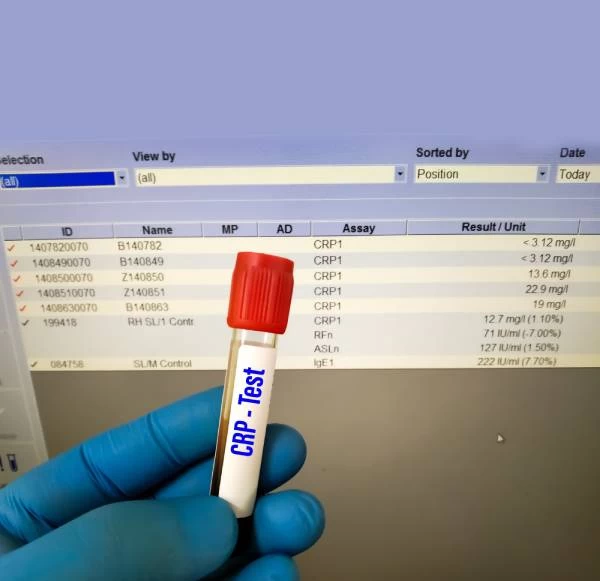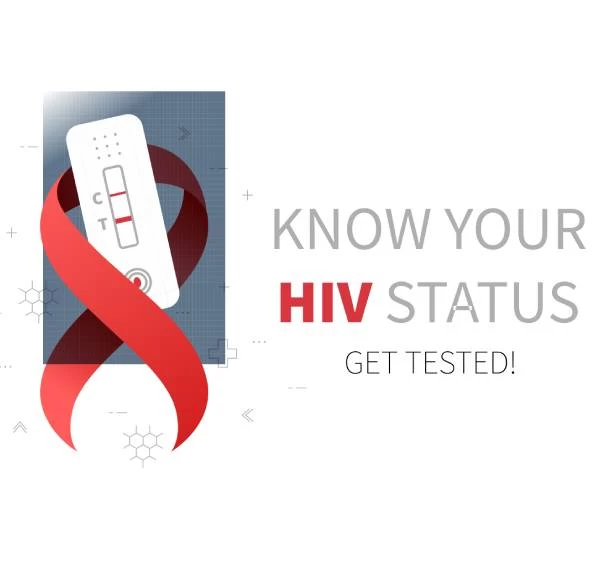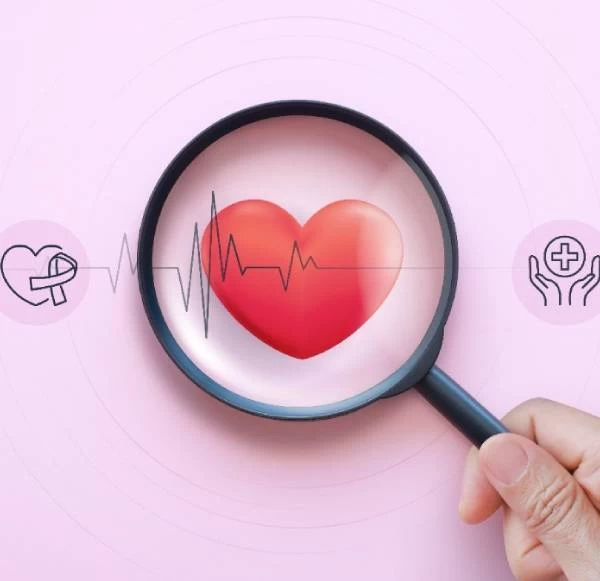- Email Us

Spasm in muscles may come suddenly and may immobilize one for a short time, may be painful, or may totally paralyze. It may arise as reflex contraction affecting one segment of a muscle or may be continuous and more or less painful. It may either cause nearby pain or spasm and may involve sudden cramp or back spasm leading to agonizing pain. With the help of an explanation for reasons for muscular spasm, knowing which would further aid in avoiding another attack would bring one this relief. The question is, what is the cause or thing to do with muscle spasms? Treat your muscle to their health through appropriate medical actions to avoid further recurrence.
An abrupt, involuntary contraction of one or more muscles, muscle spasms—also known as severe muscle cramps-can occur anywhere in the body. Most frequent in the legs, arms, back, and abdomen, they can last from a few seconds to several minutes. These contractions might give rise to moderate pain or even violent muscle spasms. Movement may be challenging until the spasm passes, especially if the affected muscle feels stiff or knotted. Although periodic spasms are harmless, repetitive or extreme attacks could be signs of unnoticed medical problems demanding muscle spasm treatment.
Effective diagnosis, therapy, and prevention require an understanding of the fundamental muscle spasm reasons, as several factors can contribute to these episodes. The most common muscle spasm reasons include:
The intensity and duration of muscle spasms can vary. Common symptoms include:
Severe muscle cramps may indicate underlying pathological issues requiring medical attention.
Managing muscle spasms involves addressing the underlying causes and providing symptom relief. Effective muscle spasm treatment methods include:
While occasional muscle spasms are typically harmless, medical evaluation is recommended if:
Top-quality diagnostic imaging is provided by Mahajan Imaging & Labs, which offers advanced equipment and a team of knowledgeable experts. Our specialists may determine the muscle spasm reasons by using sophisticated imaging and laboratory tests if they are severe muscle cramps or frequent. By finding the source of the problem, we ensure an accurate diagnosis and a tailored muscle spasm treatment plan.
Muscle spasms are chronic physiological phenomena with various etiologies and expressions. Therefore, understanding the muscle spasm reasons and the strategies available for muscle cramps treatment is key to managing and preventing these episodes. Many cases are mild, but in rare instances, advanced diagnostic workups may be necessary to identify underlying conditions causing severe muscle cramps.
Mahajan Imaging & Labs has emerged as the apex of diagnostic excellence, delivering modern imaging services to determine the causes of muscle spasms and guide the appropriate muscle spasm treatment.
You can help relieve muscle spasms by gently stretching and massaging the affected muscle, staying hydrated, and applying heat or cold packs. In extreme instances, over-the-counter painkillers and muscle relaxers may offer some help. Persistent muscle spasms can be a sign of an underlying condition—getting a checkup at Mahajan Imaging & Labs could help identify them.
Most muscle spasms go away on their own in minutes to seconds. Should they be consistent or persistent, however, it could point to a more severe issue demanding muscle spasm therapy.
A muscle spasm is an uncontrolled muscle contraction ranging from slight twitching to severe agony. Nevertheless, a muscle cramp is typically more persistent, extreme, and painful, sometimes temporarily paralyzing the muscle and necessitating treatment for muscle cramps.




